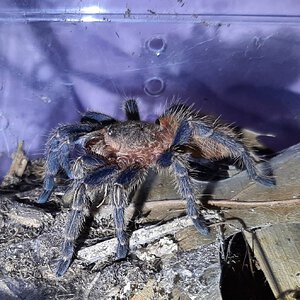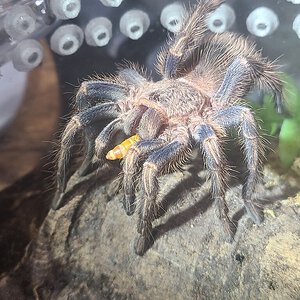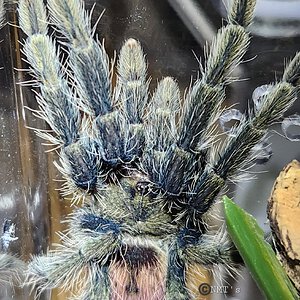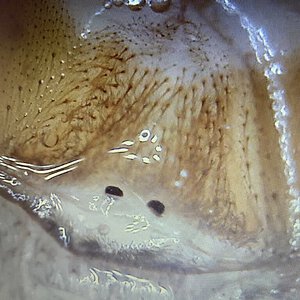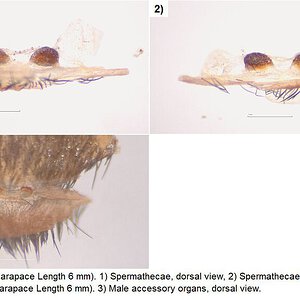Media information
- Category
- Thrixopelma
- Added by
- jrh3
- Date added
- View count
- 321
- Comment count
- 5
- Rating
- 0.00 star(s) 0 ratings
Image metadata
- Device
- Apple iPhone XR
- Aperture
- ƒ/1.8
- Focal length
- 4.3 mm
- Exposure time
- 1/60
- ISO
- 80
- Flash
- Off, did not fire
- Filename
- IMG_4382.jpeg
- File size
- 5.9 MB
- Date taken
- Sat, 06 January 2024 12:21 PM
- Dimensions
- 4032px x 3024px

